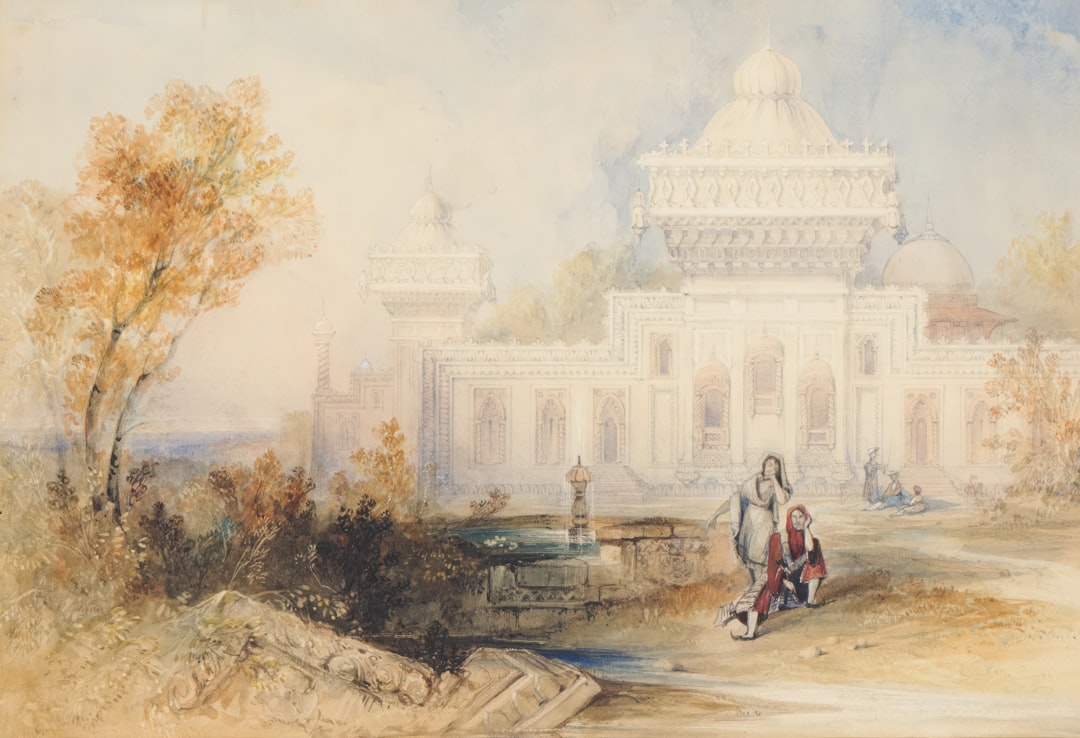Jakata Tales: Ancient Stories of Morality and Wisdom
Introduction
The Jakata tales (more accurately spelled as Jataka tales) are a revered collection of ancient stories originating from India, which have profoundly influenced literature, art, and morality across Asia and the world. These stories recount the previous lives of Siddhartha Gautama, the historical Buddha, in both human and animal forms. With themes focusing on virtue, wisdom, and the triumph of ethical living, the Jataka tales occupy a special place in the religious, cultural, and social narratives of various civilizations, particularly in Buddhist-majority regions.
Historical Background
The word "Jataka" is derived from the Pali word "Jātaka", meaning "birth." Traditionally, it is believed that the Buddha told these stories during his ministry to illustrate moral lessons or points about karma and compassion. The earliest compilations of these tales date back to around the 3rd century BCE, although the stories themselves may be older, passed down through oral tradition for centuries.
Table 1: Chronology and Compilation of Jataka Tales
| Period | Key Event/Development |
|---|---|
| 3rd Century BCE | Oral traditions flourish, initial compilations begin |
| 1st Century BCE | Several Jataka tales are written in Pali Canon (Tipitaka) |
| 5th Century CE | Complete collections appear in Sri Lanka and India |
| Medieval Period | Spread to Southeast Asia and East Asia through Buddhist missionaries |
Structure and Contents
There are 547 (sometimes 550) main Jataka tales in the canonical Pali collection, though other versions exist with differing numbers. Each tale follows a similar structure:
- Introduction: The Buddha encounters a situation with his disciples or audience.
- Story Proper: He recounts a past life related to the present issue.
- Moral Lesson: He identifies characters from the story as former identities of himself or his listeners, illustrating karma or virtue.
Table 2: Example Structure of a Jataka Tale
| Section | Content Example |
|---|---|
| Introduction | Disciples argue over generosity. |
| Story Proper | Buddha narrates a tale of a generous king in a past life. |
| Moral Lesson | Reveals he was the king, demonstrating the virtue of giving. |
Popular Jataka Tales
The tales encompass a remarkable diversity of stories, from animal fables to historical legends. Some of the most beloved Jataka tales include:
Table 3: Notable Jataka Tales and Their Morals
| Tale Name | Brief Summary | Moral Lesson |
|---|---|---|
| The Monkey King | A monkey sacrifices himself to save his troop. | Selflessness, leadership |
| The Golden Deer | A golden deer helps a hunter, earns his freedom. | Compassion, fairness |
| The Hare's Self-Sacrifice | A hare jumps into fire to feed a hungry traveler (Sakra in disguise). | Ultimate generosity |
| The Wise Parrot | A parrot saves trees from being destroyed, using wisdom to appeal to the king. | Wisdom, resourcefulness |
| The Banyan Deer | A deer pleads for all deer to be spared. | Mercy, negotiation |
Influence on Literature and Art
The Jataka tales have a long-standing influence upon the cultural and literary traditions of South and Southeast Asia.
- Literature: Many folktales, across diverse cultures, echo Jataka themes and stories. In India, stories from the Panchatantra and Aesop's Fables share structural and thematic similarities, suggesting cross-cultural inspiration.
- Art: Magnificent relief sculptures depicting Jataka tales appear on the walls of ancient Buddhist monuments, such as the stupas at Sanchi (India) and Borobudur (Indonesia).
- Performing Arts: In many regions, especially Thailand, Sri Lanka, and Myanmar, Jataka tales are a staple of traditional drama, dance, and puppet shows.
Moral and Philosophical Themes
Jataka tales are didactic, aimed at imparting moral and spiritual lessons. Key philosophical themes include:
- Karma and Rebirth: Actions have consequences that extend across lifetimes.
- Compassion and Generosity: True merit lies in helping others.
- Wisdom and Self-Control: Rationality and restraint bring peace and prosperity.
- Truthfulness: Honesty is portrayed as a supreme virtue.
Use in Education and Modern Relevance
Historically, Jataka tales were used as educational tools for both children and adults, teaching values in an engaging and memorable way. Today, they are still widely read and form part of curriculums in Buddhist countries, as well as making appearances in contemporary books, comics, and media.
Table 4: Contemporary Uses of Jataka Tales
| Medium | Example | Purpose |
|---|---|---|
| School Curriculum | Moral Science textbooks in Sri Lanka, Thailand | Teaching values |
| Children’s Books | “Jataka Tales” series by various publishers | Entertainment, edification |
| TV/Animation | Animated TV series or episodes in India, Thailand | Popularization |
| Religious Sermons | Buddhist monks narrate tales in temples | Spiritual development |
Conclusion
The Jataka tales are much more than ancient stories; they are the bedrock of a living tradition of ethical teaching, literary creation, and artistic expression. Their influence reaches far beyond Buddhism, offering universal values that continue to resonate in the modern world. In an era where moral dilemmas abound, the wisdom of the Jataka tales remains as pertinent as ever, inviting all to reflect upon the virtues of kindness, wisdom, and selfless action.
Further Reading
- “The Jataka: Stories of the Buddha’s Former Births” (Pali Text Society)
- “Jataka Tales” translated by Ellen C. Babbitt
- “The Art of the Jataka Tales” by Anna L. Dallapiccola and Christine M. E. Guth
Written by: [Your Name], 2024
